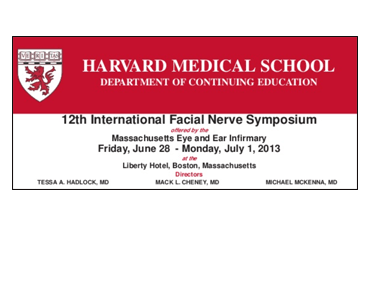Detecting Genetic Association of Common Human Facial Morphological Variation Using High Density 3D Image Registration. S Peng, J Tan, S Hu, H Zhou, J Guo, L Jin, K Tang.
Date: December 2013. Source: PLoS Computational Biology, Public Library of Science. Abstract: Human facial morphology is a combination of many complex traits. Little is known about the genetic basis of common facial morphological variation. Existing association studies have largely used simple landmark-distances as surrogates for the complex morphological phenotypes of the face. However, this can…









